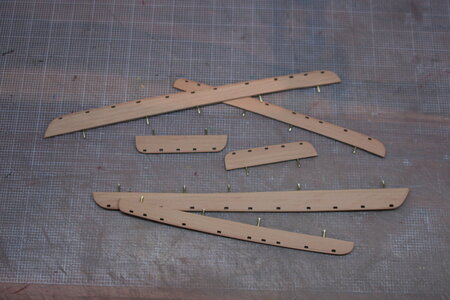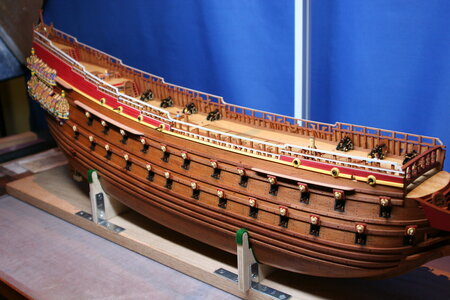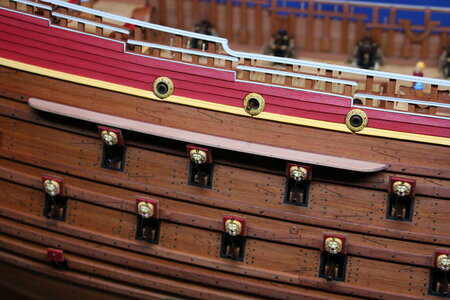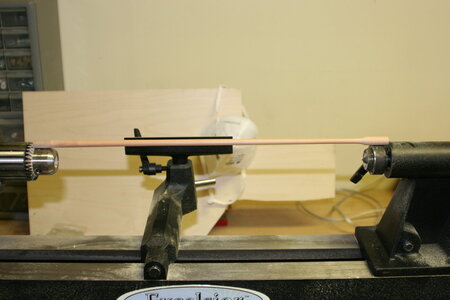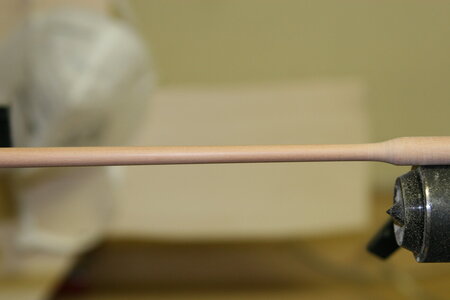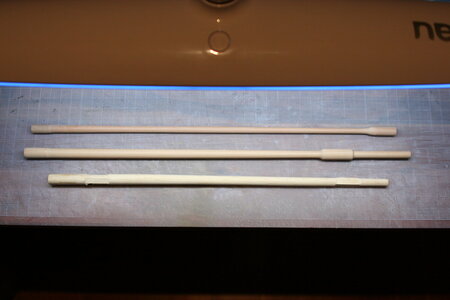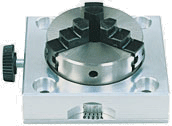Well, Paul, I believe this is real life, and now we ARE friends. I like the childlike simplicity of “Oh, you love STARWARS?!! ME TOO! Let’s blow-up the Millennium Falcon!” Common interest, common ground, and humor to boot!
In answer to your question, the channels are designed to shed water, so they should be tapered in cross-section - thickest where they join the hull, and more likely parallel to the surface of the water. I’m not pulling all of this from Witsen, or any other early treatise on shipbuilding, but my own reasoned observations of original ship models.
Speaking to my point, yesterday, about close observation of original dockyard models, check out this video that offers granular clarity of every last detail:
Unquestionably, all three are works of art, but.. they’re not perfect. Perfection is a fiction of the obsessive compulsive set, like myself, who needlessly flagellate ourselves because our hand-painted lines wavered a little TOO much in their overall consistency.
In answer to your question, the channels are designed to shed water, so they should be tapered in cross-section - thickest where they join the hull, and more likely parallel to the surface of the water. I’m not pulling all of this from Witsen, or any other early treatise on shipbuilding, but my own reasoned observations of original ship models.
Speaking to my point, yesterday, about close observation of original dockyard models, check out this video that offers granular clarity of every last detail:
Unquestionably, all three are works of art, but.. they’re not perfect. Perfection is a fiction of the obsessive compulsive set, like myself, who needlessly flagellate ourselves because our hand-painted lines wavered a little TOO much in their overall consistency.
Last edited:






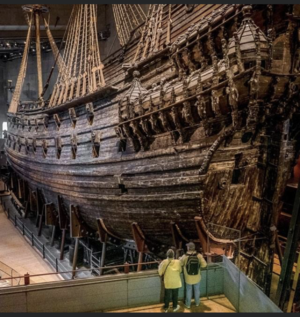


 s (including anchor buoys)
s (including anchor buoys)